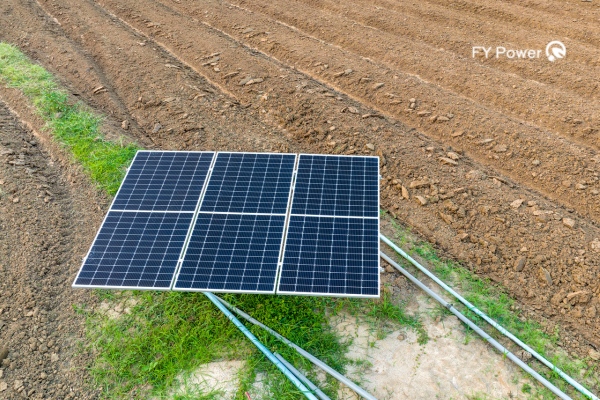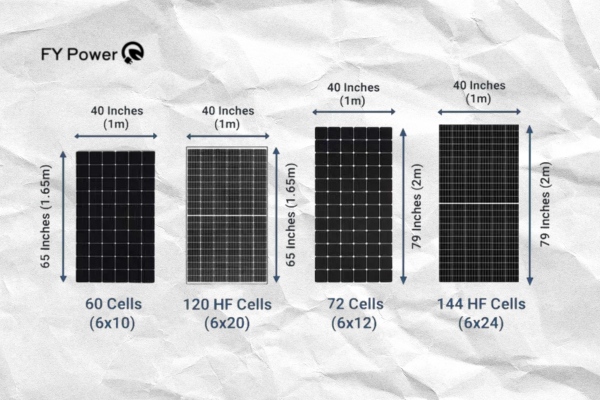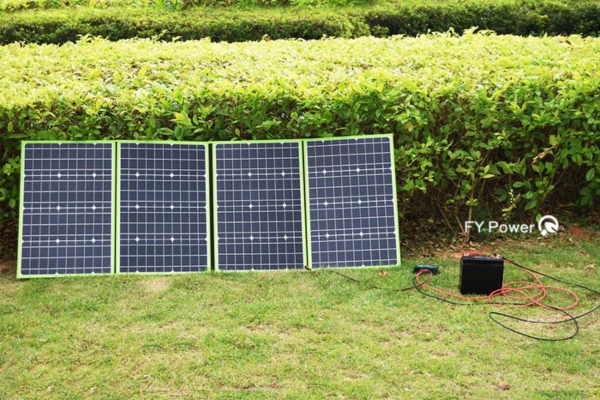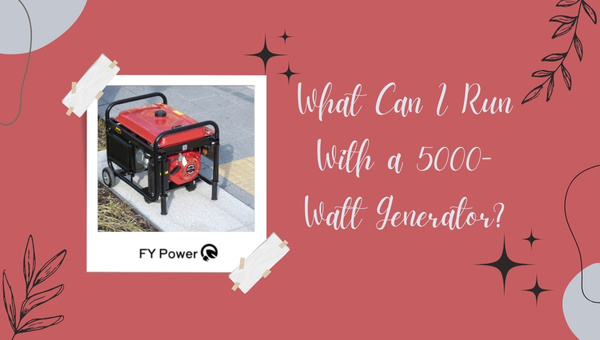Have you ever wondered how to keep your gears running when you’re away from the grid? Imagine not having to rely on conventional power sources to charge your essential batteries. That’s where the perfect solar panel size for a 100Ah battery fits into the puzzle, making off-grid living not only possible but simply doable! Stick around, and I’ll take you through the ins and outs of choosing an ideal solar panel—something that can truly free you from searching for power outlets in the wilderness!
To charge a 100Ah battery fully, you need a solar panel that matches your specific energy needs. Generally, a 120-watt solar panel can do the job under average conditions. However, it’s crucial to consider factors such as sunlight availability and usage patterns.
It may sound complex at first, but once you find that sweet spot of solar power requirements matched with just right usage habits, you’ll have peace of mind knowing your battery will be charged and ready whenever you need it.
Charging Off The Grid
When you’re far from the city, and there’s no power plug in sight, that’s when solar power comes into play. Imagine you have a battery, a big one—100 ampere-hours (Ah) big. It stores lots of energy, but it needs to be filled up with electricity just like a car needs gas. That’s where solar panels come in.
Now, I’m not talking about little garden lights or calculators. I mean big panels that drink in the sun’s light and turn it into power for your battery. So why would you want to charge a 100Ah battery with solar? Well, let me tell you:
- Freedom to Roam: You can be anywhere—the woods, a desert or even on top of a mountain—and still have electricity.
- No More Bills: Say goodbye to monthly electric bills because sunlight is free!
- Being Green: Solar power is like growing your vegetables but for electricity—it doesn’t hurt the earth.
- Ready for Emergencies: When bad weather knocks out the power lines, you’ll still have lights on.
But wait! Before you grab any solar panel and hook it up to your battery, there are things to think about:
- Sunlight Time: How much sun does your spot get? If you live where the sun plays hide-and-seek, you might need more or bigger panels.
- Panel Placement: Make sure you place them where they can see the sky clearly without trees or buildings shading them.
- Weather Woes: Panels don’t mind rain much but hail can break them so they need protection.
Alright! So now we’ve got this wonderful image of battery charging off-the-grid which not only keeps our phones charged and lights on but also gives us this feeling of being modern-day adventurers—or just smart folks who like to keep their stuff running when others can’t.
Remember though: size matters here just as much as bringing enough food for camping; we’ve got to match our solar panel size right for our 100Ah battery so that they work well together—like peanut butter and jelly sandwiches during hike breaks!
Also Read: Predator Generators Weight and Dimensions Guide
Understanding Solar Panel Size for 100Ah Battery
When it comes to going off-grid or preparing for power needs in places without easy access to electricity, knowing the right size of solar panel to charge a 100Ah battery is essential. It’s not just about getting any solar panel; it’s about matching your energy storage with the correct power input.

This pairing ensures your battery charges efficiently and meets your energy demands. Let’s delve into what you need to know to get this equation right.
The Basics of Solar Power
Solar power works by converting sunlight into electricity using photovoltaic (PV) cells. These cells are what make up a solar panel. When sunlight hits these PV cells, they generate an electric current. Here are the fundamental points:
- Conversion Efficiency: Not all the sunlight that hits your panels turns into usable electricity. The efficiency of a solar panel tells you how well it converts sunlight into power.
- Wattage Rating: Panels come with a wattage rating – how much power they can produce under ideal conditions. A higher-wattage panel can charge batteries quickly.
- Voltage Output: This needs to match or exceed the voltage of your battery system (usually 12 volts for a 100Ah battery).
Understanding these basics will help you grasp how much energy you can expect your solar panels to produce.
Determining Your Energy Needs
Before picking out solar panels for charging a 100Ah battery, calculate your daily energy usage with these steps:
- Check Battery Specs: Know that a 100Ah battery can provide 100 amps for one hour, or any equivalent combination (like 10 amps over 10 hours).
- Estimate Daily Usage: Think about what devices you’ll be running off this battery and how long they’ll run each day.
- Calculate Total Consumption: Multiply each device’s ampere draw by the number of hours used per day; then sum all devices’ totals.
- Consider Energy Losses: Remember that there will be some natural loss during energy conversion and storage—factor in a margin of around 20%.
Getting this figured out puts you on solid ground when choosing how big a solar panel or array should be to meet those defined energy needs.
Also Read: Solar Panels For Apartment: Top Tactics Unveiled!
Calculating The Right Solar Panel Size
When you want to use the sun to charge a battery, you need to know what size solar panel is best. Picking the right size means your battery will charge well and work great for a long time.

It looks like a puzzle at first, but once you understand it, it’s simple! Here are some steps on how to choose the perfect solar panel for a 100Ah battery.
Factoring in Variables
To find out what solar panel size will charge your 100Ah battery, think about these things:
- Peak Sun Hours: This is how much sun your area gets in a day. More sun means you might need a smaller panel.
- Solar Panel Efficiency: Some panels turn more sunlight into electricity than others.
- Energy Use: Think about what you’ll power with that battery and how much energy it needs.
- Battery State: If your battery is often almost empty, it needs more power to fill up than if it’s usually half-full.
- Weather Patterns: Cloudy days mean less power from the sun.
You have to put all these pieces together to know what solar panel works best.
Solar Sizing Calculation Guide:
- Make a note of how many watts your stuff uses every hour (let’s say 500 watts).
- Multiply that by how many hours they run each day (maybe 5 hours), so 500 times five equals 2500 watt-hours per day.
- Divide by peak sun hours (like five), so we get 2500 divided by five equals 500 watts needed.
- Finally, add some extra space for cloudy days or less-than-perfect conditions—let’s say around 25% extra.
Also Read: Arduino Solar Power: Easy 3-Step Integration Guide
Optimal Solar Panel Size for 100Ah Battery Charging Scenarios
When it comes to charging a 100Ah battery with solar power, the size of the solar panel matters a lot. To get it right, I need to think about how often I want to charge the battery and how much sun I have available.

Different setups depend on these needs – some for full charges each day and others just to keep the battery from running low over time without using it up too quickly. So here, let me show you what’s best for both of these scenarios.
For Full Daily Charges
To make sure my 100Ah battery gets fully charged every single day, I need a solar panel that can handle that job even on days when the sun isn’t shining bright. Here’s what I consider:
- Power Usage: First, figure out how much power my battery will use in a day.
- Sunlight Hours: Then see how many hours of strong sunlight I usually get.
- Panel Wattage: Now, take those two numbers and find a panel that makes enough power during those sunlight hours to fill up my battery.
For example, if my 100Ah battery runs on 12 Volts and I use half of its capacity daily (50Ah), then I would need about 600 Watt-hours per day (12V x 50Ah). If on average there are about five hours of good sunlight where I live, then a solar panel of around 120 Watts should do the trick (because: (Watts = \frac{Watt-hours}{Sunlight Hours}), so (120W = \frac{600Wh}{5 hours})).
Just to be safe though because not every day is perfectly sunny, it might be smart to go for a little bit larger panel – maybe something around 150 Watts. It means even if clouds come by or it rains, there’s enough extra power made by the solar panel to still get my battery charged up all the way.
Long-Term Battery Maintenance
Now let’s say instead of daily heavy charging, all we want is just to keep our battery from going dead over weeks or months. This setup is much simpler:
- Minimal Draw: Make note of any small things that might slowly drain your battery over time.
- Panel Sizing: A smaller panel that doesn’t make as much power will work since we’re only topping off the charge and not doing deep cycles.
With this goal in mind, even something like a small trickle charger or maybe compact panels could suit us well – let’s say roughly about 20-30 Watts. That should easily keep things topped off without spending money on bigger panels when they’re not really needed.
Again though, more is better than less here too just cause the weather can be unpredictable sometimes, and having an extra bit of juice never hurts!
Also Read: Which generator is required to run a refrigerator?
Recommended System Configurations with Real-world Examples
When it comes to setting up a solar system, one size does not fit all. You need the right plan to meet your power needs without wasting money or resources. Here, I will share some real-world examples to help you figure out what setup you might need for different levels of use.
Whether you only use a bit of power or you’re powering a small house, there’s a perfect solar panel configuration for your 100Ah battery.
Sample Setups by Usage Intensity
Light Usage – A Weekend Trip Example:
- Solar Panel Size: 50-100 watts.
- Charge Controller: Basic PWM type.
- Battery: Single 100Ah AGM battery.
How it works: If you only plan to power small devices like LED lights and charge phones while camping on weekends, a smaller panel will do just fine. A simple setup with one 100-watt solar panel can recharge your battery during the day so that at night, you have enough stored energy.
Moderate Usage – Keeping an RV Powered Example:
- Solar Panel Size: 200-400 watts.
- Charge Controller: More advanced MPPT type for efficiency.
- Battery Bank: Two 100Ah batteries connected together.
How it works: For those who spend more time in an RV and need power for things like a fridge or TV, going bigger is better. A couple of 200-watt panels can keep your batteries charged even on days when the sun plays hide and seek. With more capacity, the system can handle cloudy days and still keep everything running smoothly.
Heavy Usage – Off-grid Cabin Example:
- Solar Panel Size: Over 800 watts needed.
- Charge Controller: High-capacity MPPT controller.
- Battery Bank: At least four 100Ah batteries are wired together for more storage capacity.
How it works: Living off-grid full-time means needing enough power to run household items daily. This setup uses multiple panels that work together to make sure there’s always electricity whenever you flip a switch. It means not having to worry about running out of juice when it’s needed most.
Also Read: Generac generators oil types and capacities
Incorporating Charge Controllers into Your Setup
When setting up a solar system, it’s not only about the panels. You’ve got to think about how the power from your panels gets to your battery safe and sound.
That’s where a charge controller comes in. It’s like a smart guard, making sure your battery gets the right amount of power without being overcharged. Picture it as a manager who directs energy traffic, keeping everything smooth and safe.
Maximizing Efficiency with MPPT Controllers
Now, if you want to talk about getting the most bang for your buck with “Solar panel size for 100Ah battery”, then you’ve got to know about MPPT controllers. MPPT stands for Maximum Power Point Tracking, and these controllers are top-notch at squeezing out every bit of power from your solar panels.
Here’s why they’re so good:
- Smart Technology: MPPT controllers adjust their input to find the best combination of voltage and current–this means they pull as much energy as possible from your panels.
- Quick Charging: Because they’re so effective at collecting energy, they help charge up batteries quicker than standard controllers.
- Less Waste: Ordinary controllers might just chop off excess voltage which wastes potential power but an MPPT controller turns extra voltage into amps—no waste here!
- Adaptability: These gizmos are great at handling changing light conditions; whether it’s cloudy or sunny, they keep working hard.
An easy way to picture it is: imagine you’ve got a basket of apples (the electricity), an MPPT controller ensures that hardly any apples fall out of the basket on their way back home (your battery). It makes certain you’re getting maximum juice! This is key when talking about charging systems like “Battery charging system optimization” because you want every drop of sunshine turned into useful electricity.
And yeah, these smart devices can be pricier than other types but think long-term – they make sure you get more efficiency overall which means savings on your bill and less stress on your batteries.
Essentially, when someone asks me what size solar panel do I need for my 100Ah battery? I not only consider the panel itself but also how we guide that precious sun energy right into storage without losing bits along the way. So yes, including an efficient charge controller like an MPPT will be crucial in any setup – go big on brains even if going small in size!
Conclusion
In conclusion, figuring out the solar panel size for a 100Ah battery is a crucial step for anyone wanting to harness the power of the sun efficiently.
I hope this article has assisted you in understanding the importance of calculating your energy needs and variables that can affect your solar setup, leading to a more informed decision when choosing solar panels.
Key Takeaways:
- A clear grasp of solar energy essentials is vital.
- Evaluating your exact energy needs prevents under or oversized panels.
- Variables like peak sunlight and efficiency significantly influence sizing.
- Daily full charges require different specs compared to long-term maintenance setups.
- Charge controllers, particularly MPPT types, optimize system efficiency.

